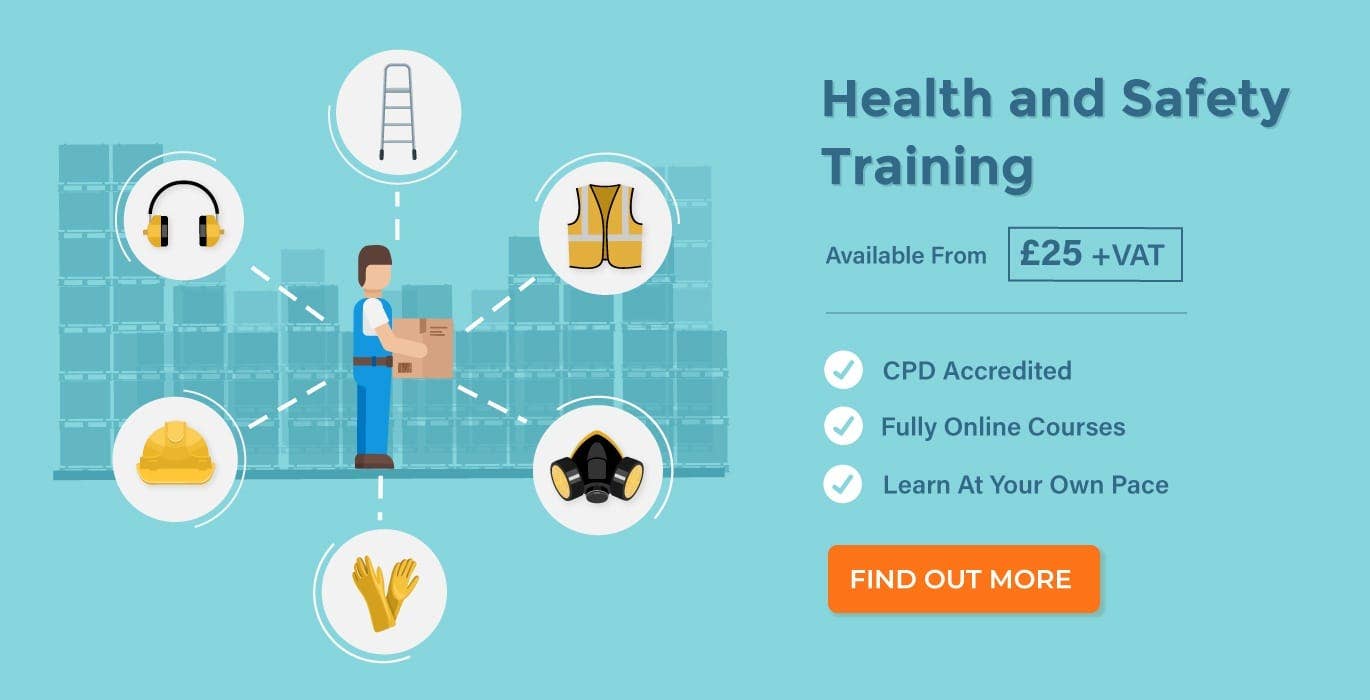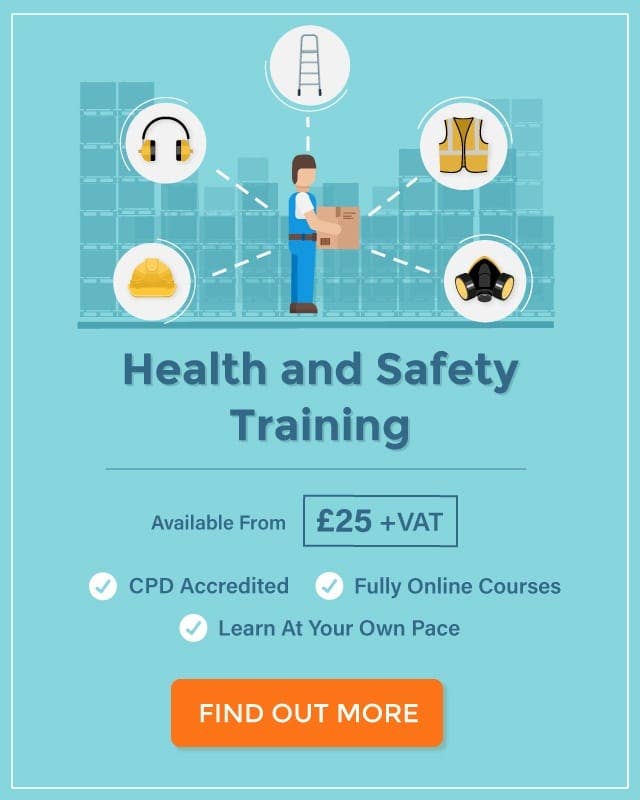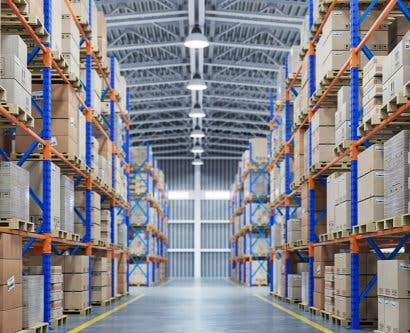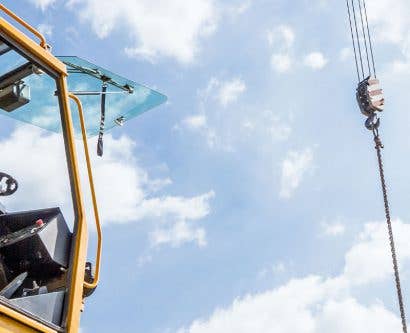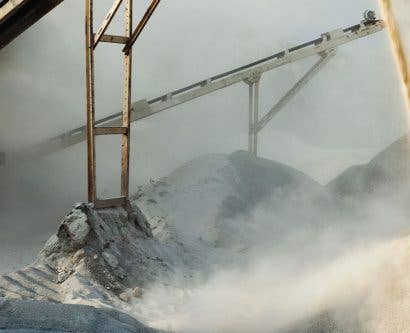What is a Spill Kit? Contents Checklist
The poor management of a spill can result in many health, environmental and financial consequences. Therefore, if you store, use or transport hazardous materials, it’s vital that you have the proper controls in place to manage spills.
As part of your controls, you might decide to use a spill kit. This article will explain what a spill kit is and the essential components of one, so you can ensure you have the proper equipment needed to control simple spills.
What is a Spill Kit?
Spills can have devastating impacts, so, it’s important that you prepare well for them. If a simple spill occurs while you are using, storing or transporting goods, having an appropriate spill kit, and the knowledge to use it effectively, can help you sort it quickly and cheaply.
There are four main types of spill kits that your business might use. Therefore, it’s important you select the right type depending on the substances you use, store or transport.
These are:
- General spill kits, for the clean-up of non-aggressive or non-hazardous liquid spills.
- Oil-only spill kits, for the clean-up of grease and oil-based liquids.
- Chemical spill kits, for the clean-up of aggressive or hazardous liquids.
- Anti-static spill kits, for the clean-up of highly flammable or explosive liquids.
There are also other types of spill kits used to contain specific substances that require more specialised equipment, such as mercury or body fluid spill kits.
You must also ensure that you select a spill kit that holds enough equipment to manage the size of the spill. If you store 120 L containers, having enough equipment to manage a 60 L spill will not be appropriate. Select your spill kit carefully to give yourself the best chance of clearing spills safely.
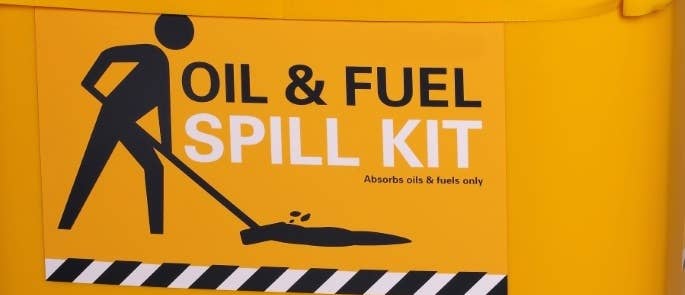
Spill Kit Contents Checklist
Your spill kit should contain:
- A wheelie bin or other bin. You must properly label your bin and ensure it’s easily accessible. Your wheelie bin must contain a full supply of the rest of your spill kit contents at all times.
- Absorbent socks. These socks are flexible tubes made of absorbent material that you should place around the edges of a spill to contain it. Ensure you purchase socks that are compatible with the substances you might spill.
- Absorbent cushions. You should also purchase compatible absorbent cushions. If a spill occurs, you should use them to catch any small runoffs and drag the liquid back to the body of the spill.
- Absorbent pads. You should place absorbent pads over the body of the spill to soak up excess liquid. Again, you should ensure you purchase compatible pads. For example, oil-only spill kit absorbent pads are designed to repel water. This makes them ideal for cleaning up oil spills on water bodies, but they would be ineffective if you were cleaning up a large volume of antifreeze.
- Disposal bags and ties. Once you have soaked up the spill, you should collect the used absorbent materials and place them into appropriately labelled disposable bags. You must have enough disposable bags and ties to hold all the used absorbent materials. Remember that you must treat used absorbents as you would the substance before it’s been spilt and dispose of the waste appropriately.
- Personal protective equipment. The final thing you should include in your spill kit is appropriate PPE, such as gloves and goggles. Check out our Personal Protective Equipment at Work: Health & Safety Guide for more information on PPE.
Remember that you should only use a spill kit to clean up simple spills.
If your spill is complex or has entered the system, you must notify the relevant authorities and request expert help. You must also refill your spill kit promptly after any spills occur, so you are always ready to tackle incidents.
Further Resources:
- COSHH: A Guide to Employers’ and Employees’ Responsibilities
- How to Prevent Infection: Five Simple Tips
- Online Spill Management Training


